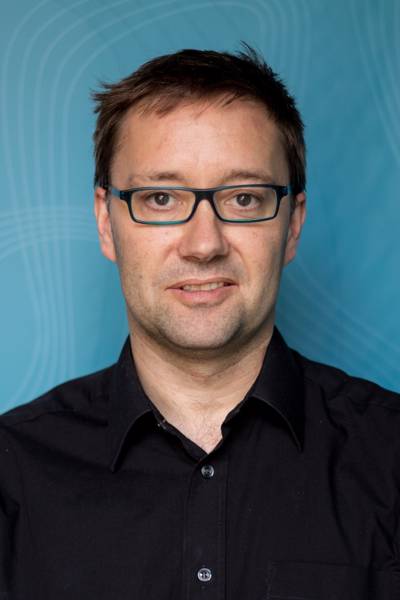We identify robust statistical patterns in the frequency and severity of violent attacks by terrorist organizations as they grow and age. Using group-level static and dynamic analyses of terrorist events worldwide from 1968–2008 and a simulation model of organizational dynamics, we show that the production of violent events tends to accelerate with increasing size and experience. This coupling of frequency, experience and size arises from a fundamental positive feedback loop in which attacks lead to growth which leads to increased production of new attacks. In contrast, event severity is independent of both size and experience. Thus larger, more experienced organizations are more deadly because they attack more frequently, not because their attacks are more deadly, and large events are equally likely to come from large and small organizations. These results hold across political ideologies and time, suggesting that the frequency and severity of terrorism may be constrained by fundamental processes.
Clauset, Aaron & Kristian Skrede Gleditsch (2012) The Developmental Dynamics of Terrorist Organizations, PLOS ONE 7 (11): 1–11.








